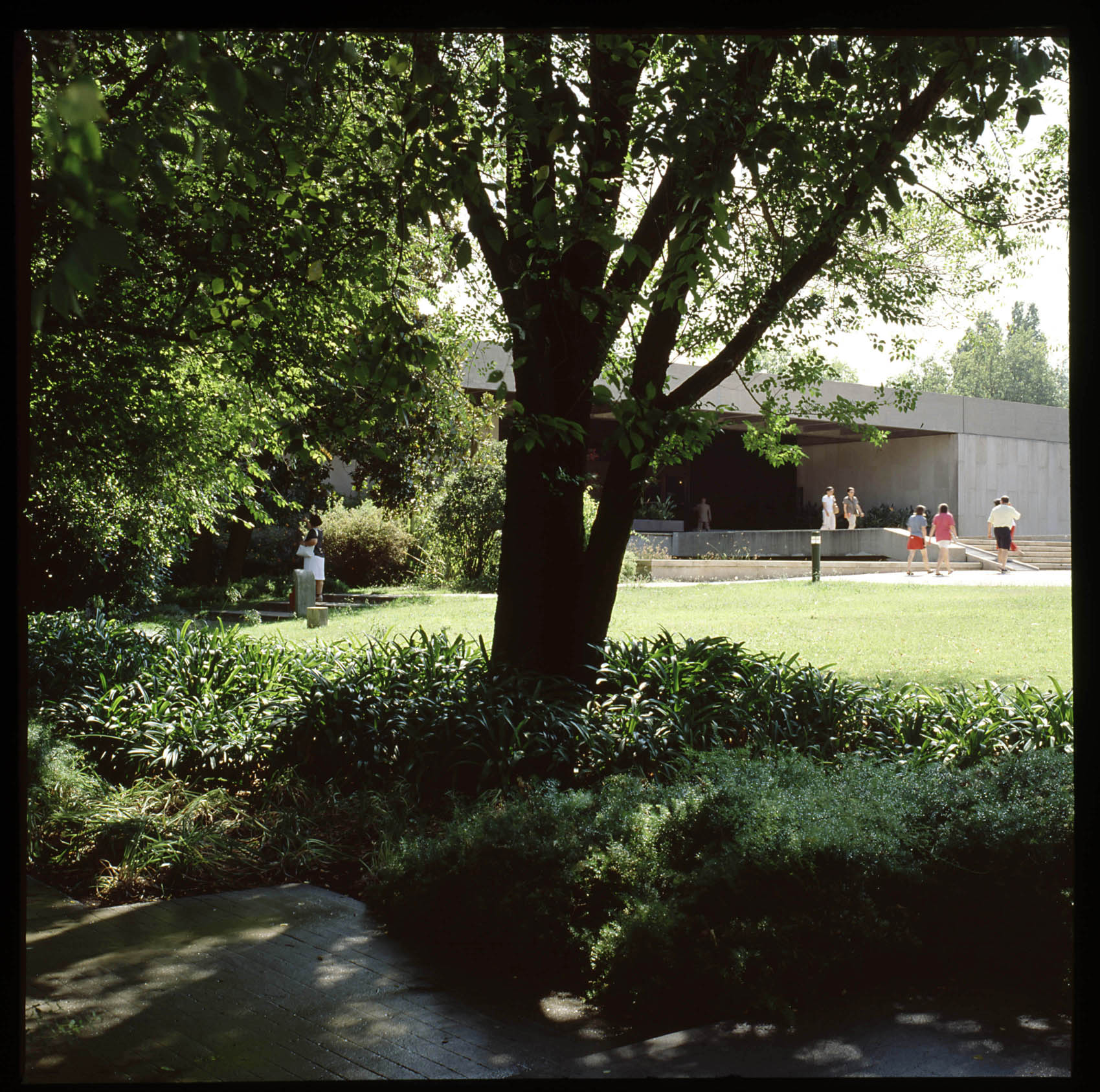
Urban forests are made up of the trees that exist in urban or suburban landscapes. An urban forest is comprised of trees in many settings – in residential and commercial landscapes, along streets and other rights-of-way, and in parks, greenways and set-aside natural areas. Urban forests have great environmental, economic and social value.
Urban forests can moderate the impacts of urban air pollutants. Trees remove particulates, sulfur dioxide, ozone and other air pollutants that are problems in some cities (4). Like all forests, urban forests remove carbon dioxide from the atmosphere.
The U.S. Forest Service has developed tools to help planners assess the energy conservation and carbon storage value of urban trees (see Climate Change Resource Center).
When properly located, shade from urban trees can reduce electricity use from cooling indoor space (2), and trees can provide habitat for birds and pollinators. The economic benefits of urban trees include increased property values (3), reduced electricity use, and stormwater mitigation. Urban forests are also socially important, because in contrast to wilderness or managed forests, they are the forests that the majority of humans experience every day.
Under changing climate scenarios, the environmental benefits provide by urban forests will help mitigate future climate conditions. Warming temperatures will likely increase summer energy cooling demands. Some planning entities are recommending increased urban tree retention policies as a means reduce cooling and heating demands (1).
References Cited1. Climate Leadership Initiative. 2011. Building Climate Resiliency in the Lower Willamette Region of Western Oregon. http://www.theresourceinnovationgroup.org/building-climate-resiliency/. Accessed 2/3/11.
2. Donovan, G.H. and D.T. Butry. 2009. The value of shade: Estimating the effect of urban trees on summertime electricity use. Energy and Buildings. 41:662-668. 3. Donovan, G.H. and D.T. Butry. 2010. Trees in the city: valuing street trees in Portland, Oregon. Landscape and Urban Planning. 94:77–83. 4. Nowak, D.J., D.E. Crane, and J.C. Stevens. 2006. Air pollution removal by urban trees and shrubs in the United States. Urban Forestry & Urban Greening. 4:115-123.
For more on Forest Management Types:
- Forest Wilderness
- Managed Forests
- Wildland-Urban Interface (WUI)
- Plantation Forests
